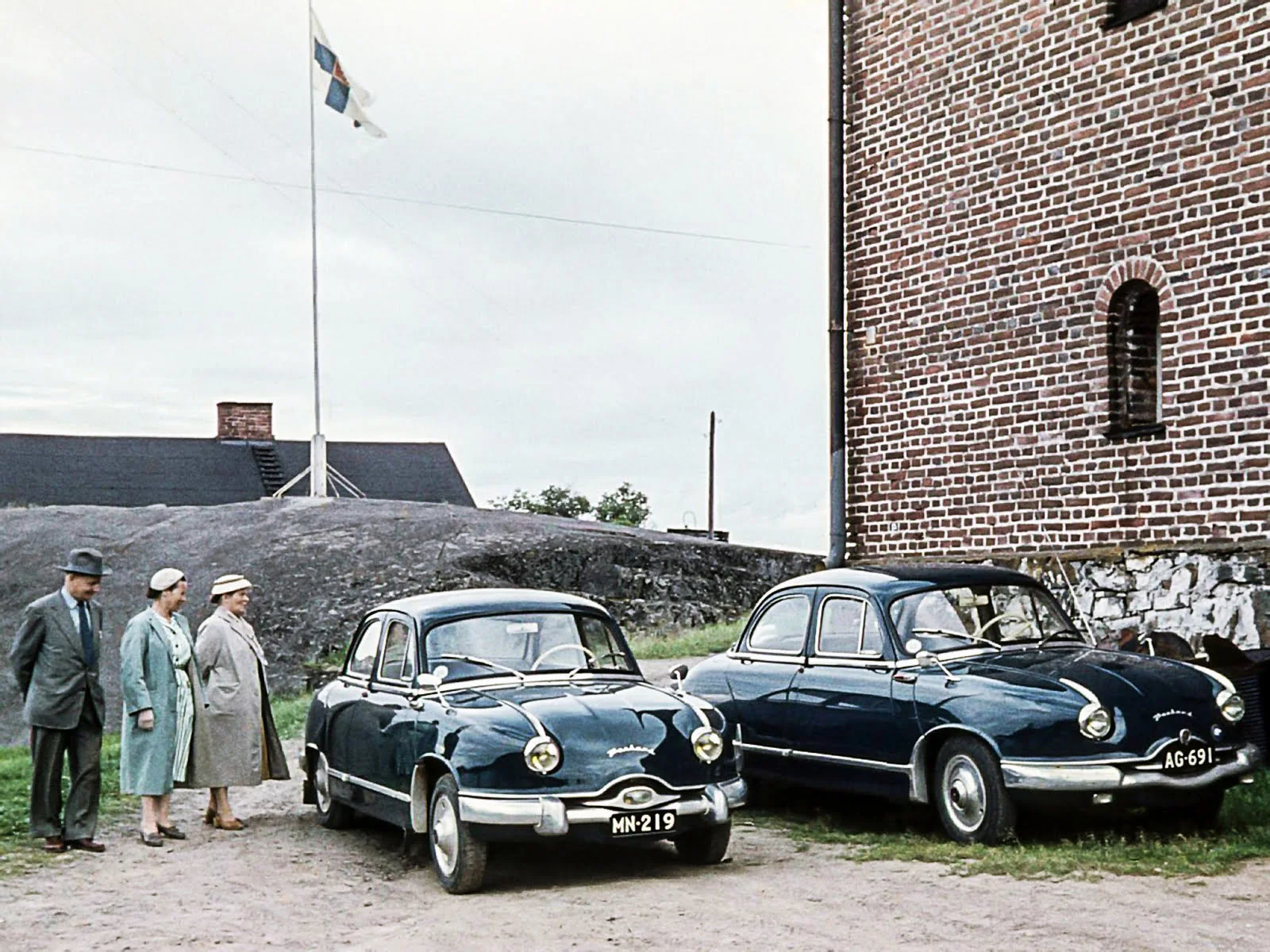The Nostalgia of Forgotten Gods: Delahaye, France, 1894-1954
13 April 2024 3 min read 4 images

Photo credit: RM Sotheby’s, Wheelsage
France was one of the countries that was most closely involved in the creation of the automobile in the late 1800s. Renault, Panhard (here you can read Panhard's story: https://roarington.com/media-house/stories/the-nostalgia-of-forgotten-gods-panhard-and-levassor-france-1886-1967) and Citroën all proved to be pioneers.
Register to unlock this article
Signing up is free and gives you access to hundreds of articles and additional benefits. See what’s included in your free membership. See what's included in your free membership.
Already have an account? Log In


